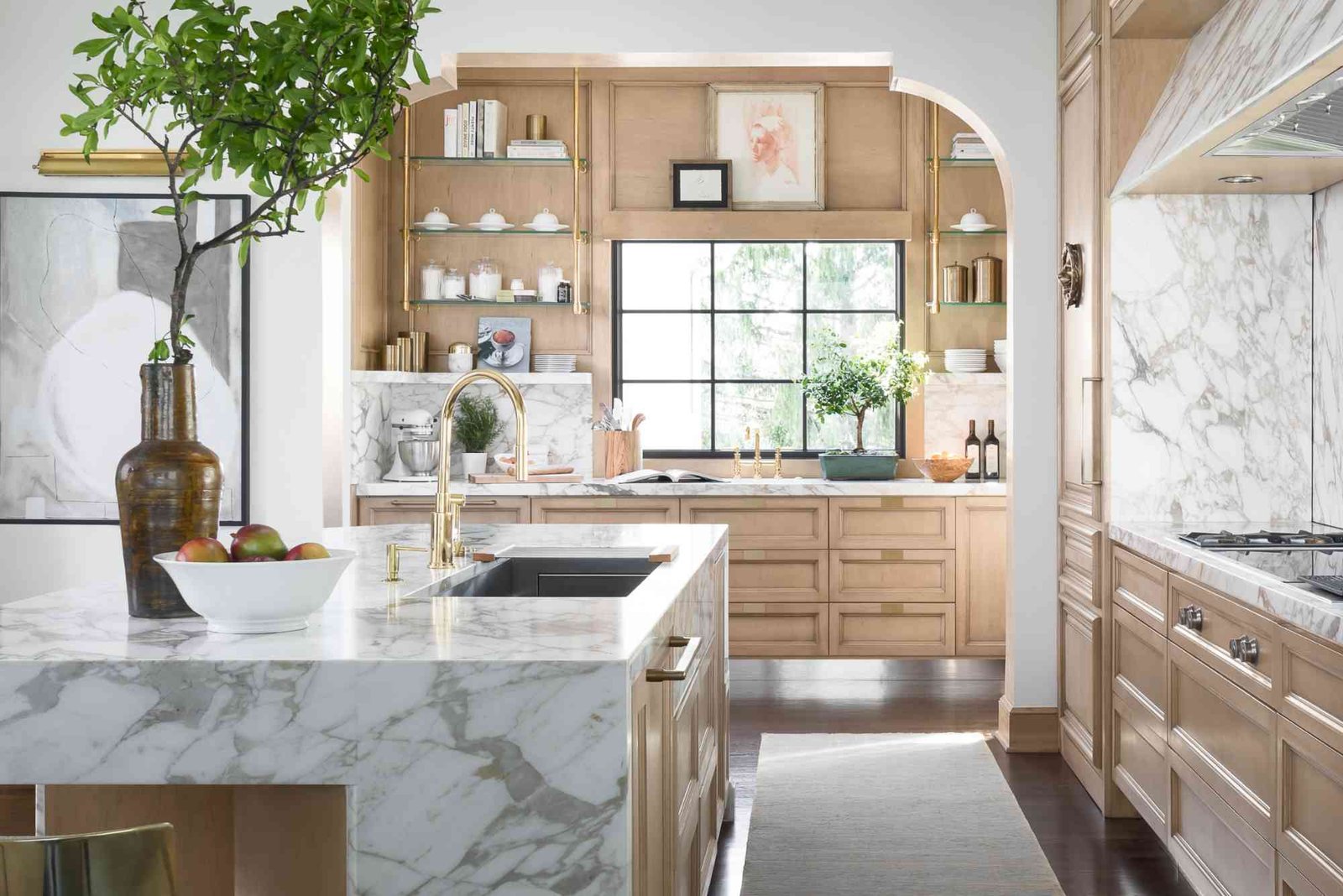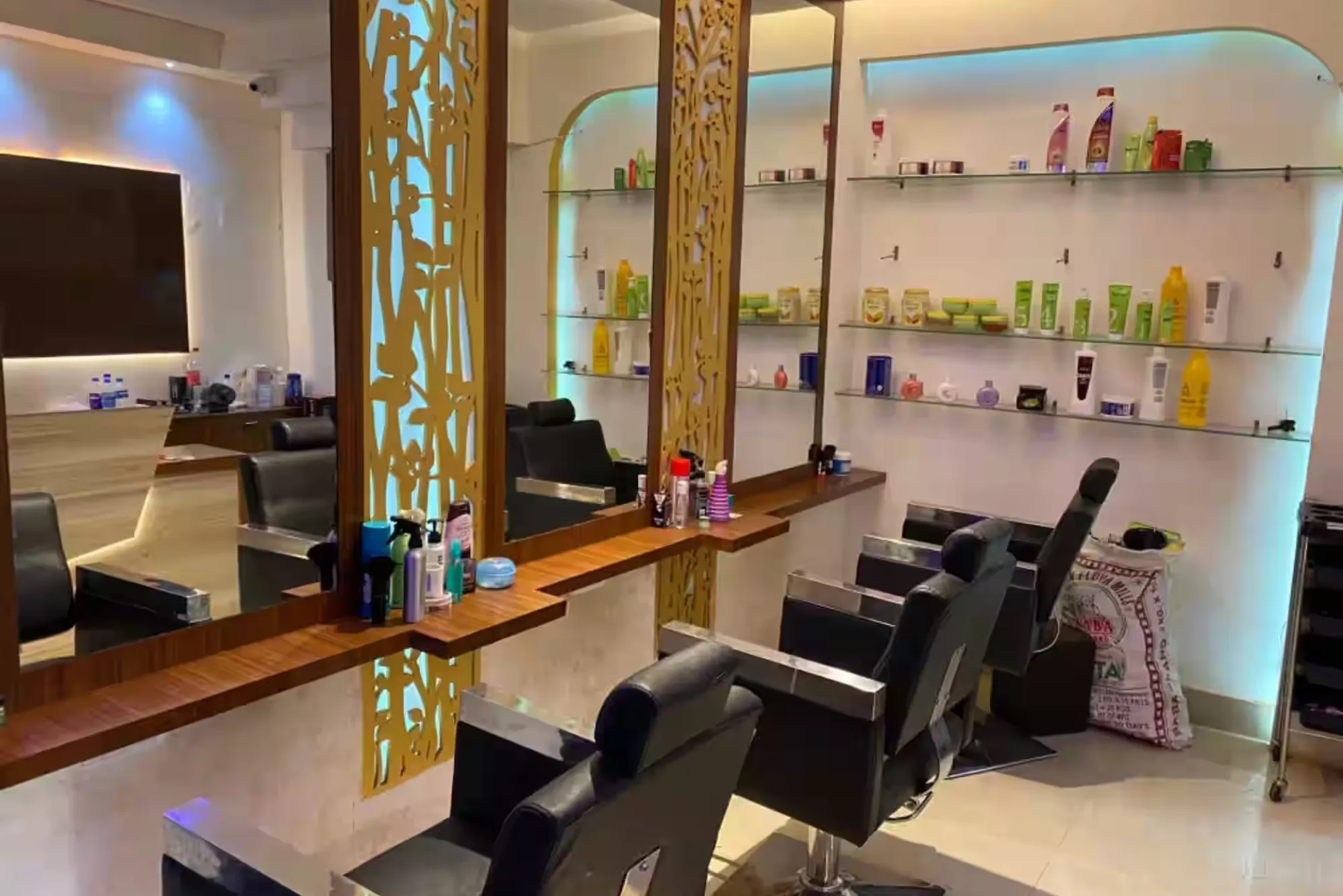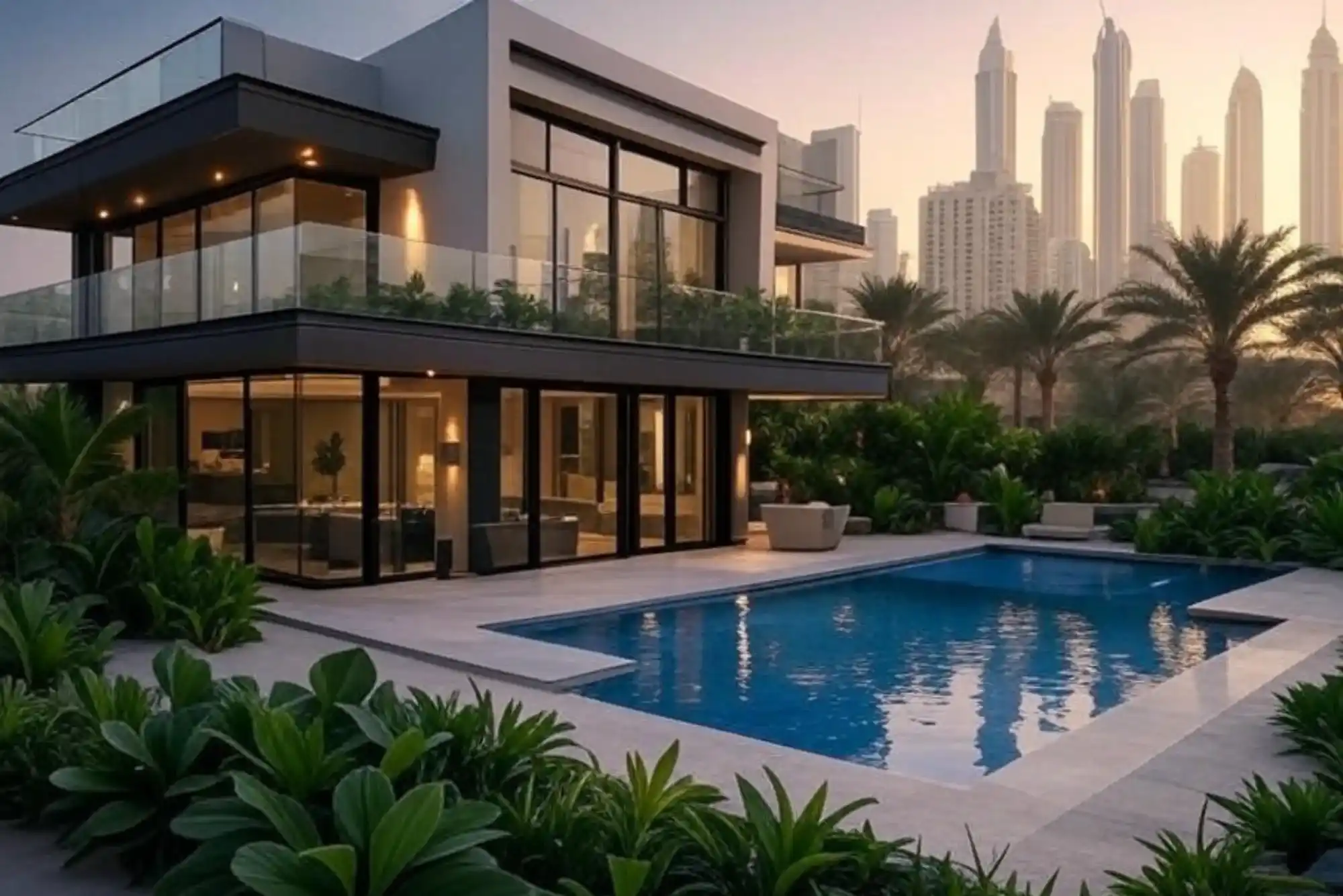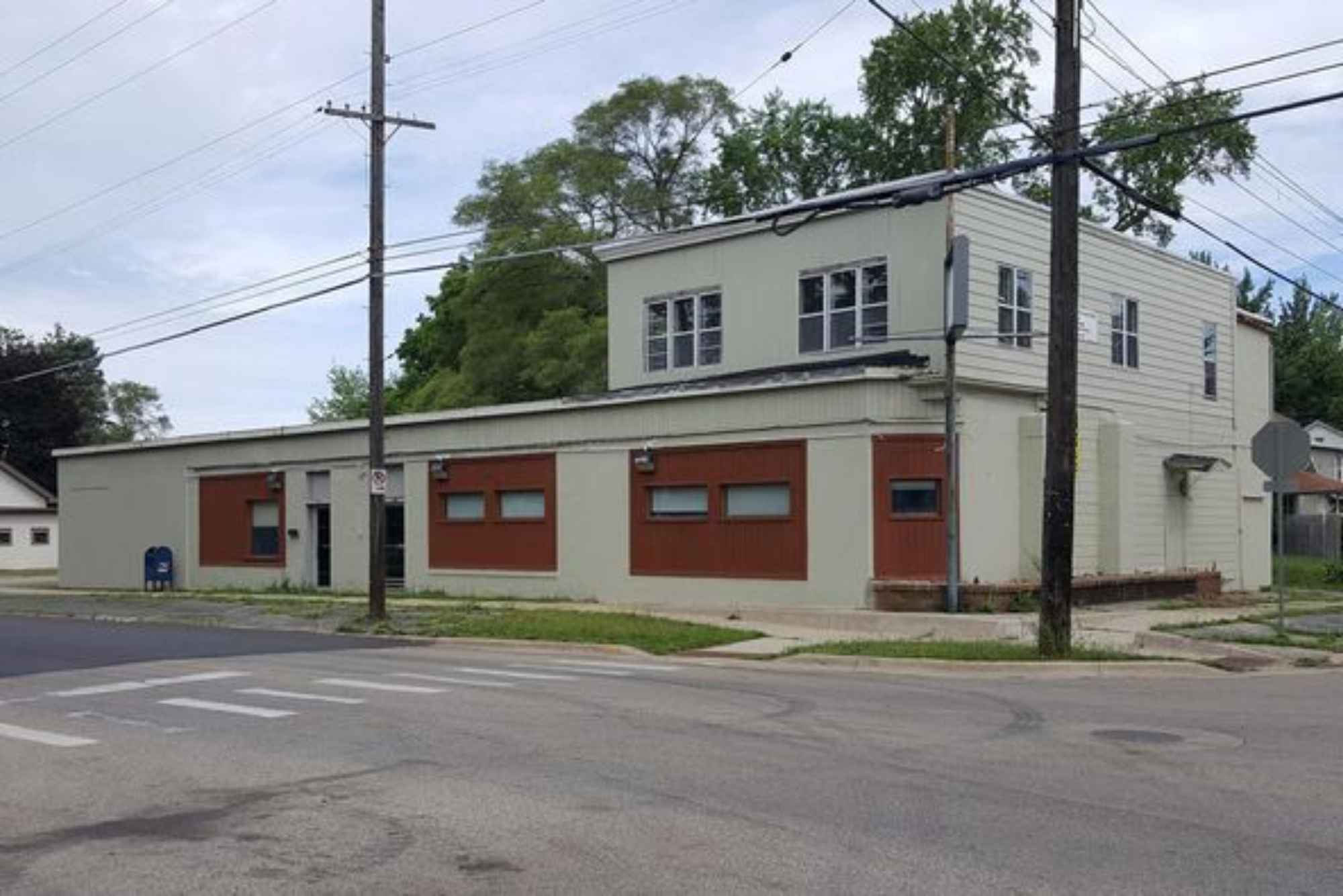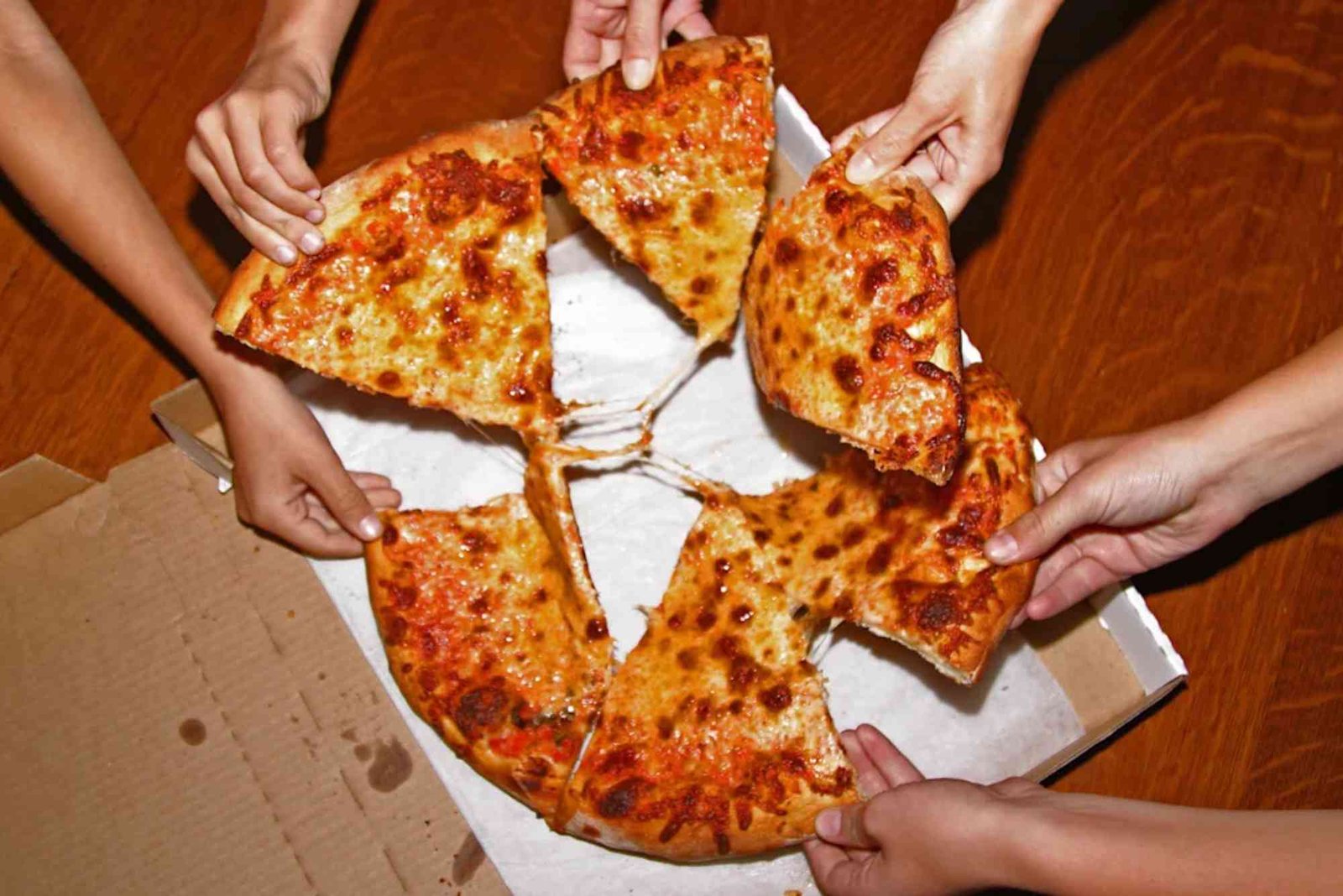Introduction
Designing an Outdoor Dirty Kitchen is one of the most practical and rewarding upgrades for your home. Whether you love entertaining, cooking aromatic dishes, or just want to keep your main kitchen spotless, an outdoor kitchen offers the perfect blend of function and relaxation. This guide explores creative design ideas, expert advice, and layout tips to help you create the perfect space for outdoor cooking and dining.
What Is an Outdoor Dirty Kitchen?
An Outdoor Dirty Kitchen Design is a separate cooking area, typically built in the backyard, patio, or terrace. It’s designed for heavy-duty cooking—grilling, frying, baking, or meal prepping—so you can keep smoke, grease, and strong food odors out of your main indoor kitchen.
Homeowners in tropical regions often use this setup to manage heat and maintain cleanliness indoors. But globally, it’s gaining popularity for its style and practicality.
Why You Need an Outdoor Dirty Kitchen
A well-planned Outdoor Dirty Kitchen enhances your lifestyle in several ways. It allows for more flexible meal prep, supports entertaining guests, and keeps your home cleaner. It also extends your living space, making your outdoor area more functional.
From a design standpoint, it adds value to your property. According to designers, homes with outdoor kitchens can see a return on investment (ROI) of up to 100% in certain markets.
Essential Elements of a Functional Outdoor Dirty Kitchen
When planning your Outdoor Dirty Kitchen Design, focus on layout, ventilation, and durable materials. The goal is to create a space that’s easy to clean, weather-resistant, and aesthetically pleasing.
Layout and Flow
The best designs follow the “kitchen work triangle” — connecting the cooking area, prep zone, and cleaning station. This layout ensures efficiency and minimizes unnecessary movement.
Keep the sink and grill near each other, and add counter space for chopping and serving. If possible, integrate open shelving or storage cabinets for utensils and condiments.
Durable Materials
Choose materials that can withstand outdoor conditions. Stainless steel, concrete, and treated wood are popular options. Stainless steel offers a sleek, modern look, while concrete gives a rustic appeal. For countertops, granite or tile works well because they are both stylish and easy to maintain.
Proper Ventilation and Drainage
Outdoor kitchens don’t require range hoods like indoor ones, but good airflow is crucial. Position your cooking area in an open space where smoke can easily dissipate. Drainage should also be planned carefully to prevent water pooling around the sink or counters.
Practical Outdoor Dirty Kitchen Design Ideas
There are endless ways to design your Outdoor Dirty Kitchen, from simple layouts to luxurious, resort-style setups. Here are expert-approved ideas to inspire you.
Rustic Charm
If you love natural aesthetics, a rustic outdoor kitchen is a timeless choice. Use reclaimed wood, stone walls, and vintage fixtures. A built-in clay oven or brick grill adds character and functionality.
Modern Minimalism
For a sleek, modern Outdoor Dirty Kitchen Design, go for a monochrome color palette, stainless steel finishes, and clean lines. Integrate hidden storage and LED lighting for a contemporary touch.
Tropical Vibes
A tropical outdoor kitchen embraces open space, lush greenery, and natural materials. Incorporate bamboo cabinets, rattan chairs, and stone countertops. Add ceiling fans or outdoor coolers for comfort during hot days.
Compact Urban Setup
If you live in an apartment or townhouse with limited space, a compact design works best. Use foldable tables, modular cabinets, and a small gas grill. Install a retractable awning to protect from rain and sun.
Farmhouse-Style Kitchen
Combine rustic wood tones, whitewashed brick, and vintage lighting. Open shelves for jars and ceramic pots add warmth and charm. This setup feels cozy yet highly functional.
Expert Tips for Building Your Outdoor Dirty Kitchen
Designing a practical and beautiful outdoor kitchen requires attention to detail. Experts recommend considering these key factors:
Location Matters
Place your outdoor kitchen close enough to your indoor kitchen for easy access to water, electricity, and gas lines. Avoid areas directly exposed to strong winds or too close to neighbors to reduce smoke disturbance.
Plan for Utilities Early
Integrating plumbing and electrical lines after construction can be costly. Plan these connections before starting the build. Use outdoor-rated electrical outlets and water-resistant fixtures.
Use Weatherproof Furniture
Choose furniture designed for outdoor use. Metal, wicker, or teak pieces are ideal. Add removable cushions for comfort and store them during the rainy season.
Add Shade and Shelter
A covered roof, pergola, or umbrella keeps your space usable year-round. It also protects your appliances and counters from rain or sun damage.
Include Ample Lighting
Lighting improves both safety and ambiance. Use a mix of task lighting for cooking and warm string lights or lanterns for a cozy dining mood.
Common Mistakes to Avoid
Even the best design can fail if you overlook practical details. Avoid these mistakes:
-
Using indoor materials that can warp or rust outdoors
-
Neglecting drainage, leading to water buildup
-
Placing grills too close to walls or wooden structures
-
Forgetting storage space for utensils and ingredients
These small oversights can affect both functionality and longevity.
Maintenance and Cleaning Tips
To keep your Outdoor Dirty Kitchen in top shape, regular maintenance is key. Clean the grill after each use, wipe countertops, and store tools properly. Cover appliances when not in use, and check for signs of rust or weather damage monthly.
Apply a protective sealant on concrete or stone surfaces annually to prevent stains.
Inspiration and Real-World Examples
Many homeowners combine cooking and dining areas for an inviting space. Think of an open grill corner with a bar counter or a simple island setup where guests can gather.
For design inspiration and home improvement insights, you can Read more on www.goodhousekeeping.com.
You can also explore more about Outdoor Dirty Kitchen setups that blend beauty and practicality for all home sizes.
FAQs
What is the purpose of a dirty kitchen?
A dirty kitchen is meant for heavy or messy cooking, keeping the main kitchen clean and free of odors.
What is the best material for an outdoor kitchen countertop?
Granite, stainless steel, and tile are excellent choices because they are durable and weather-resistant.
How do you protect an outdoor kitchen from rain?
Install a roof, canopy, or pergola to shield your kitchen. Use waterproof covers for appliances when not in use.
How much does it cost to build an outdoor dirty kitchen?
Costs vary by design and materials. A simple setup may cost around $2,000–$5,000, while a luxury version can exceed $15,000.
Can an outdoor dirty kitchen increase home value?
Yes. Outdoor kitchens are considered a premium feature that boosts resale value and lifestyle appeal.
An Outdoor Dirty Kitchen transforms how you cook, entertain, and enjoy your home. By combining functionality with thoughtful design, you can create a space that’s both stylish and convenient.
Whether you prefer a modern setup or a rustic backyard retreat, there’s an Outdoor Dirty Kitchen Design that fits your lifestyle. Ready to get started? Explore more ideas and expert insights at Outdoor Dirty Kitchen Design and turn your outdoor cooking dream into reality.

